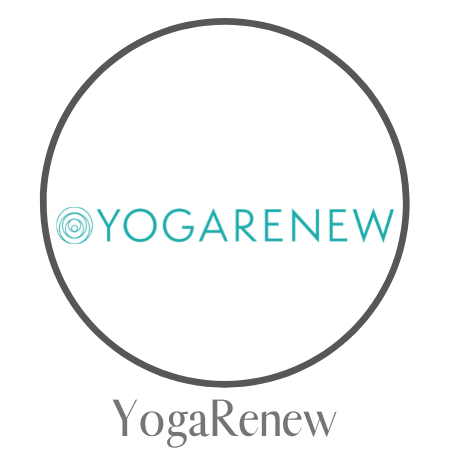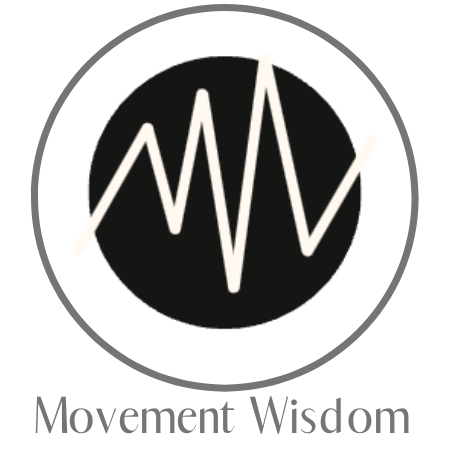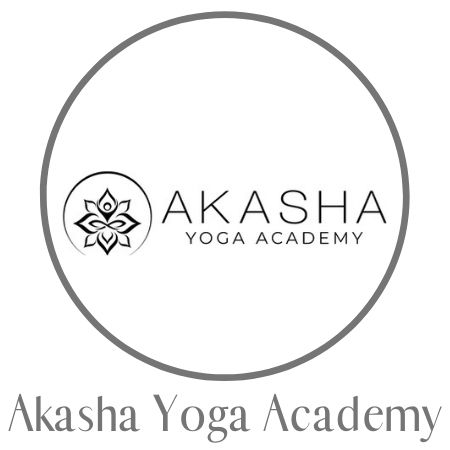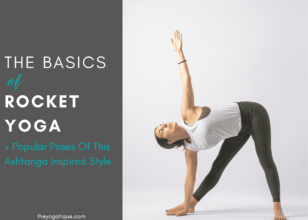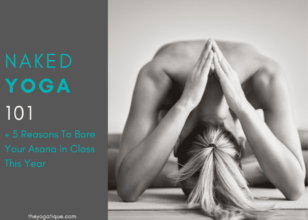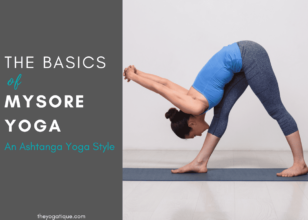Nowadays, there's an endless number of yoga styles, from Hatha yoga to power to aerial to puppy and even goat. It this article I explain what Hatha yoga is including the history of this very popular type of yoga plus the benefits of it and five of the most popular Hatha poses.
Article content:
(Click any link below to jump directly to section)

IS YOGA TEACHER TRAINING ON YOUR RADAR?
Online Yoga Teacher Training Offers
- Affordability
- Flexibility
- Certification
- Lifetime access
⬇Click below to discover the best Yoga Alliance registered online yoga certifications to join now⬇
Hatha yoga origin
The 15th-century text, “Hatha Yoga Pradipika,” by Swami Svatmarama, is the oldest surviving manual explaining Hatha yoga. Swami Svatmarama was the disciple of Guru Gorakhnath, who is considered the “great yogi” or founder of Hatha yoga.
Hatha yoga is a style of yoga under the Raja yoga branch. Many online and in-person trainings teach and follow Hatha yoga traditions.
Although it is commonly seen as a distinct style, Hatha is the basis of many other newer yoga types, such as Ashtanga, Vinyasa, Iyengar yoga, and Power Yoga.
For practitioners in the Western world, Hatha is best understood as the original asana practice described in Patanjali's Yoga Sutras. Many modern-day yoga classes in studios and gyms will likely not be traditional Hatha, but they will be heavily influenced by it.
Hatha yoga lineage
Since I mentioned above that Hatha yoga is a branch of Raja yoga, let's explore that significance. There are four classical paths of yoga; Raja (the yoga of meditation), Bhakti (the yoga of devotion), Karma (the yoga of action), and Jnana (the yoga of knowledge).
What's interesting about this is that Raja yoga is the only path that includes physical poses. Thus, the yoga most of us know and practice today (Hatha yoga) stems from just one branch of yoga – and is a very watered-down version of that.
The goal of Hatha yoga
Traditionally, the main aim of Hatha yoga is to attain the state of Samadhi, where it is believed that one has overcome all mind restraints and is, as a result, in a state of eternal bliss.
Of course, most yoga practitioners in the Western culture are not seeking enlightenment but a way to unwind from the demands of the fast-paced, modern-day life or to control or purify the mind. For this purpose, I've personally found (along with thousands of other yogis) that Hatha yoga serves wonderfully.
Like most styles of yoga practiced in Western culture, Hatha Yoga is predominantly asana (physical poses).
10 benefits of Hatha yoga
Hatha yoga offers a harmonious blend of physical and mental health benefits, making it a holistic practice for overall well-being. Some of the physical benefits include enhanced flexibility, strength, and better posture. While mentally, Hatha yoga is a powerful tool for reducing stress and anxiety, promoting a calm and centered mind. Here are 10 benefits of Hatha yoga:
- It increases flexibility, allowing for greater range of motion and reduced risk of injury.
- Enhances strength, as the various poses and movements engage and tone muscles throughout the body.
- Creates better posture, as the alignment-focused practice of Hatha yoga helps correct imbalances and promotes spinal health.
- Improves blood flow, ensuring that oxygen and nutrients are efficiently delivered to the body and brain
- Enhances circulation supporting the optimal functioning of all bodily systems and organs, including the lungs, digestive system, and immune system, leading to improved overall health and vitality.
- Lowers stress levels by promoting relaxation and mindfulness.
- Reduces anxiety and pessimistic or repetitive thoughts, fostering a more positive and calm mindset.
- Increases focus and clarity.
- Cultivates more self-discipline as the structured routines and commitment to practice instill a sense of control and perseverance.
- Improves sleep quality, allowing for more restful and restorative sleep, which is essential for mental and emotional balance.
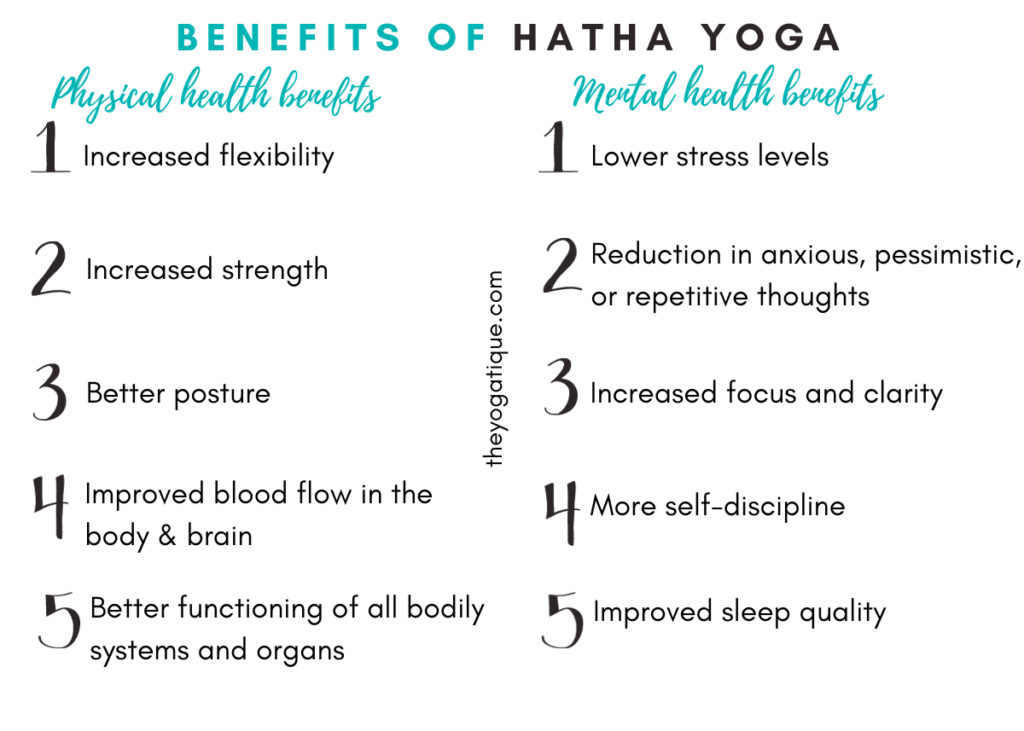
↓Great Yoga Alliance certified yoga teacher trainings you should look into↓
5 common Hatha yoga postures
Hatha yoga encompasses a variety of poses that cultivate balance, strength, and flexibility. Some of the most common Hatha poses are:
1. Lotus pose
This seated position looks easy from the outside but is challenging for most yogis. The classic meditation pose involves placing each foot on the opposite thigh, giving a deep stretch to the hips, ankles, and knees.
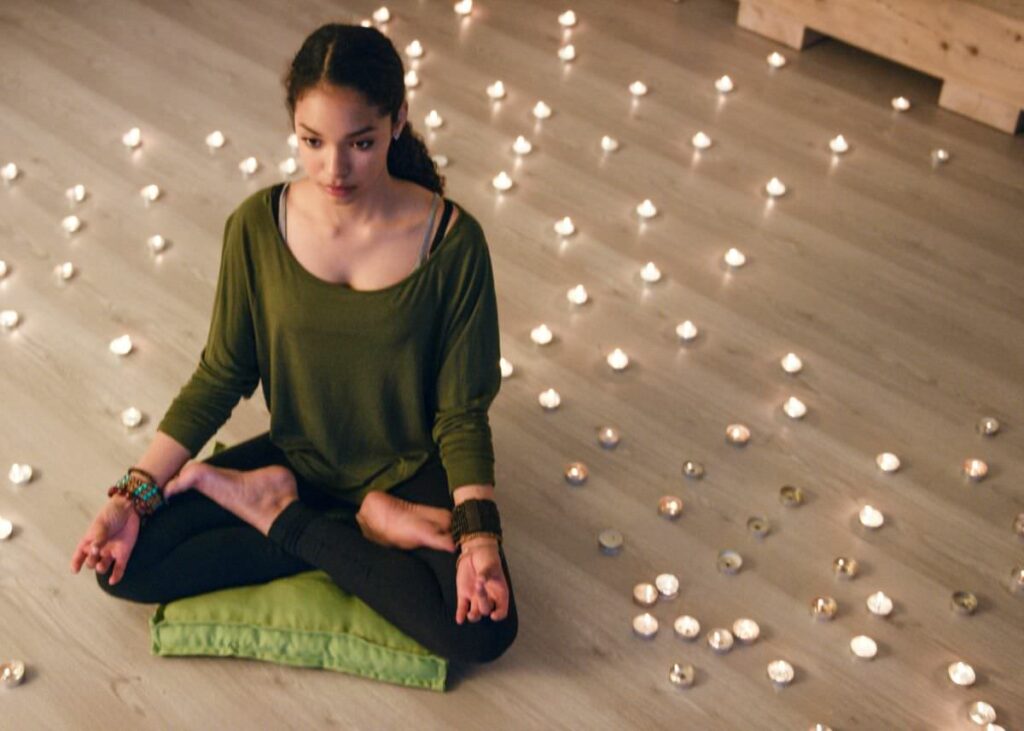
2. Downward-facing dog
One of the most well-known yoga poses, the downward-facing dog is a full-body stretch, often practiced as a warm-up or in sun salutations. It rejuvenates and relieves tension from the physical body while calming the mind.
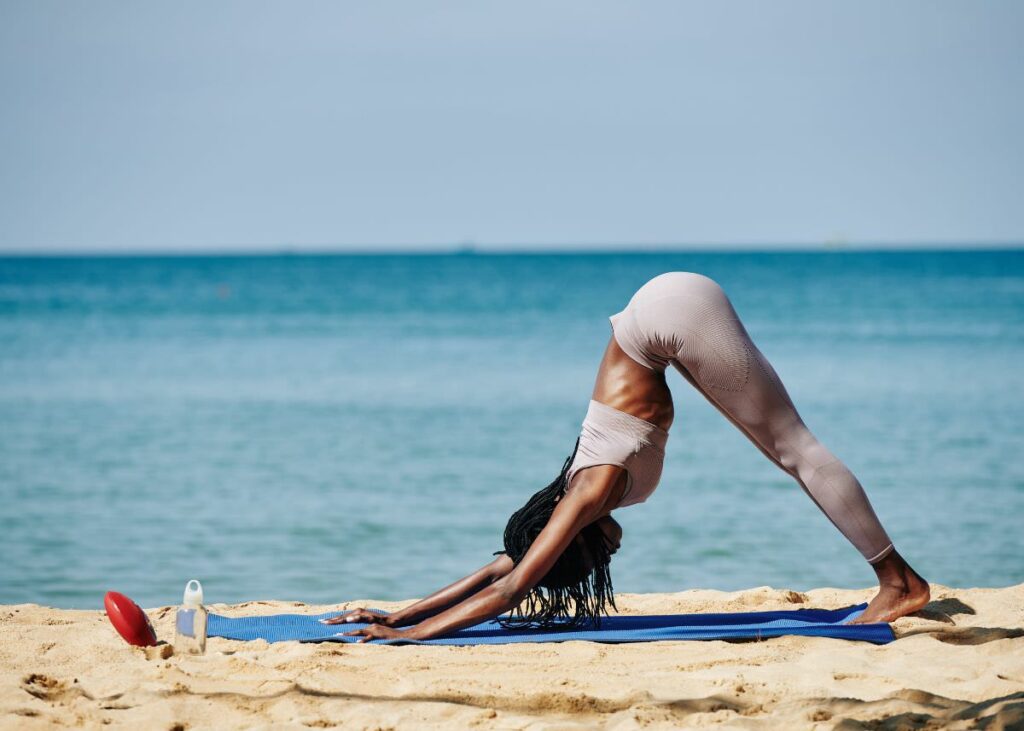
3. Mountain Pose
Mountain pose (Tadasana) is the foundational standing posture in any yoga practice. It helps you improve your posture, correct muscle imbalances, and increase body awareness.

4. Warrior 2
Warrior 2 is one of the three classic warrior yoga postures in Hatha yoga. It strengthens the legs and arms, stretches the hips, builds stamina and concentration, and improves self-confidence.
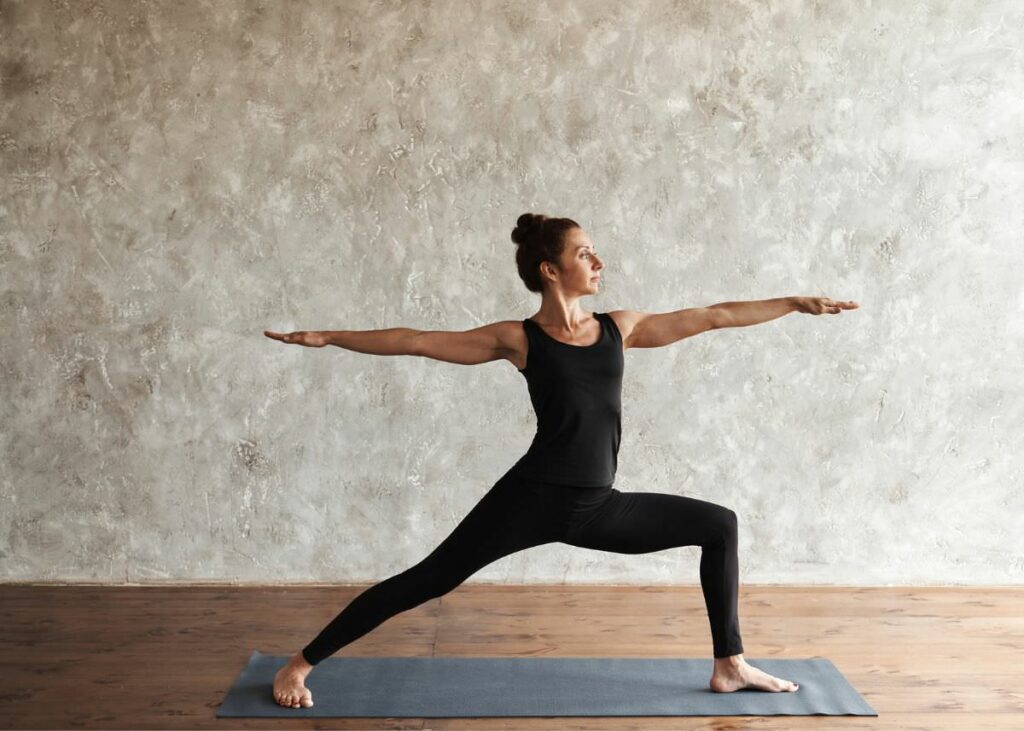
5. Tree Pose
The Tree pose involves balancing your weight on one leg with the lifted foot placed on the opposite thigh and the knee out to the side. This creates a gentle hip opening in the side of the lifted leg while strengthening the standing leg. Like other balance poses, the Tree pose helps to improve focus, concentration, balance, and posture.
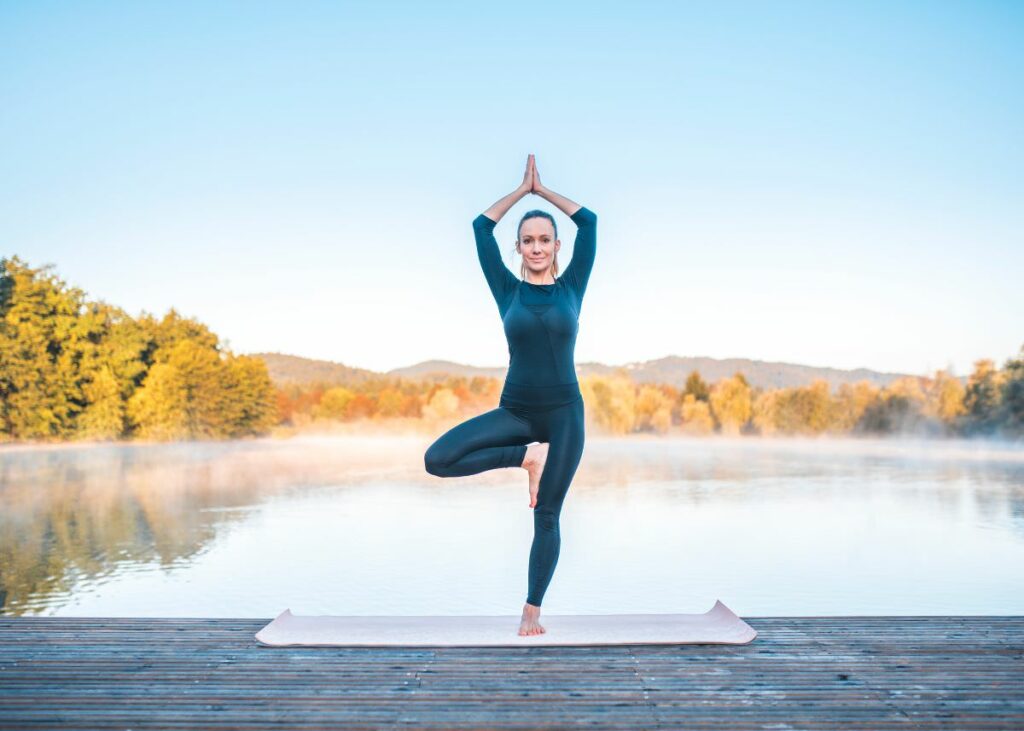
What is a Hatha yoga class like?
As I previously mentioned, many poses you practice in both Vinyasa and Hatha are also incorporated into Power yoga classes also appear in Hatha classes. However, one key difference I found between Hatha and Vinyasa was that Hatha features more static posture holds.
Instead of quickly flowing from one pose to the next, you spend time in each posture, finding the correct alignment, connecting to your breath, and observing how it feels in your body. Hatha is often used by yogis as a tool to master the body.
A traditional Hatha yoga class will appear significantly different from other styles regarding sequencing, pacing, and teaching style. However, you'll notice that many styles share many of the same poses, such as the warrior poses, downward-facing dog, mountain pose, etc. Moreover, conscious breath control is a component of all yoga styles.
The four parts of a Hatha yoga class
A Hatha yoga class is a comprehensive practice encompassing four essential components which are:
- Asana: the physical postures, builds strength, flexibility, and balance, forming the foundation of the practice. These poses can also preserve and channel the vital force or energy.
- Pranayama: breathing exercises. Controlling the breath enhances energy flow and cultivates inner calm.
- Mudras: sacred and symbolic hand gestures that direct energy and intention, deepening the meditative experience.
- Samadhi: the state of meditative absorption where practitioners can reach a profound level of inner peace and self-realization.
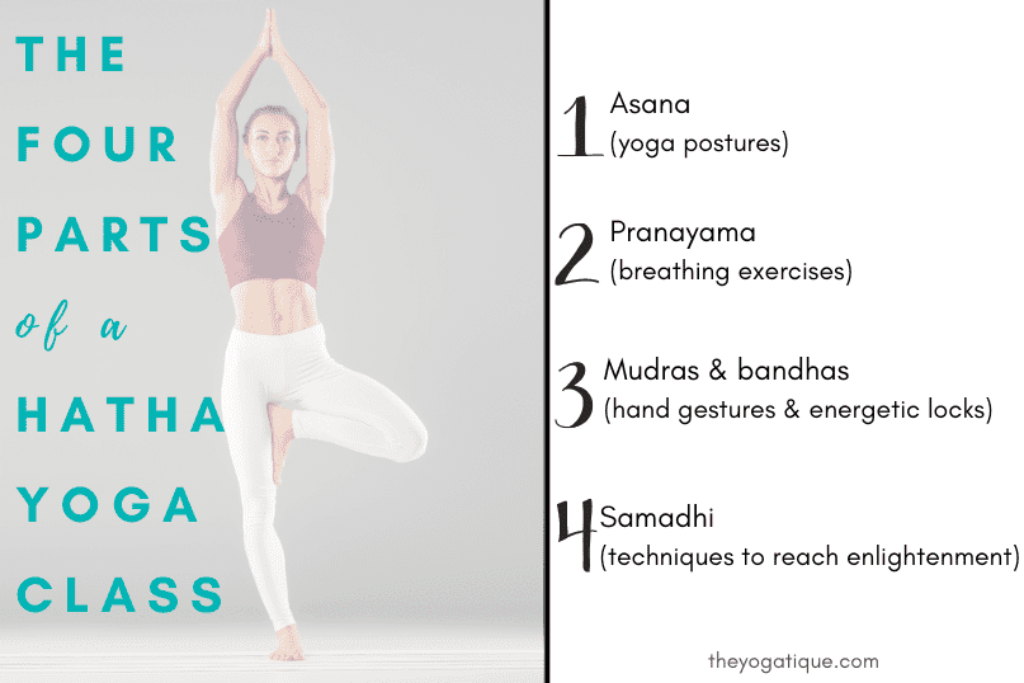
Takeaway
So let's recap, Hatha yoga is a classical yoga system that combines physical techniques (postures) and breathing techniques. Hatha focuses primarily on purifying and uniting the body and mind, leading to the many incredible benefits that keep us returning to our mats.
If you want to learn yoga, Hatha is undoubtedly the best style to start with. Even if you later move on to other types, Hatha creates the foundation of your yoga journey and gives a glimpse of what traditional yoga practice is.
FAQ about Hatha yoga
What is the difference between Hatha and Vinyasa yoga?
Vinyasa yoga focuses on connecting breath to movement while a Hatha yoga class will likely hold poses for longer. Vinyasa yoga classes are in a constant state of flow which is not necessarily true for a classic Hatha class.
Is Hatha Yoga beginner friendly?
Hatha classes are definitely beginner friendly and a great starting point for any novice yogi. There are many modifications offered in Hatha yoga, and because Hatha is not a breath-to-movement practice, it is often less physically demanding.
Some online yoga studios, online yoga teacher training programs, and brands that we write about may offer us a small commission should you decide to make a purchase or signup after reading our content. Thank you for enabling us to exist!


